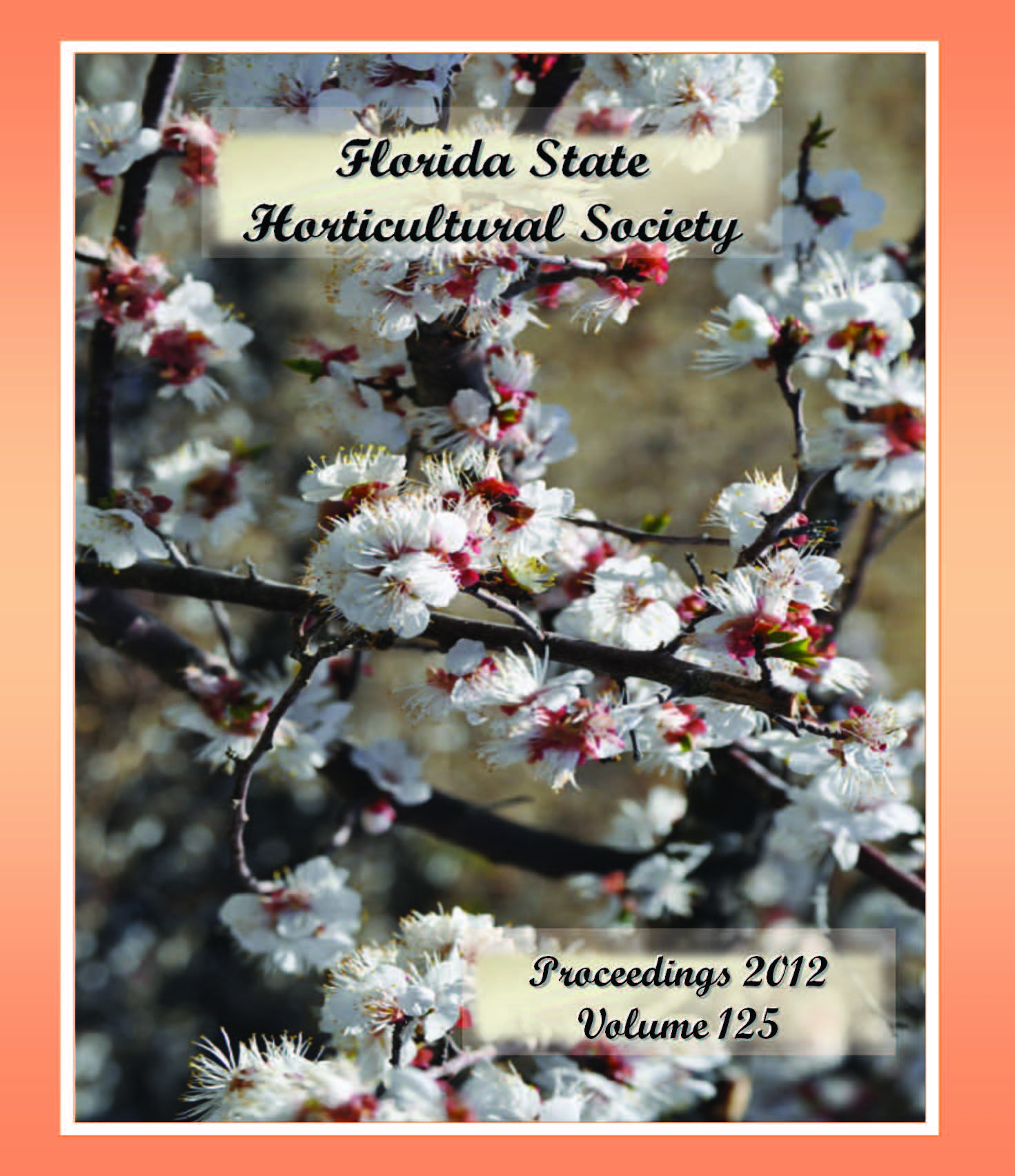Colletotrichum sansevieriaeCausing Anthracnose of Sansevieria trifasciata‘Laurentii’ and ‘Moonshine’ in South Florida
Published 2012-12-01
Keywords
- Sansevieriasp,
- snake plant,
- fungal disease,
- Colletotrichum,
- foliage disease
- plant pathogen ...More
Abstract
Sansevieria (snake plant) is known to be an easy plant to grow and can be seen throughout the South Florida landscape as ground cover. Its attractive foliage makes it a popular choice for the interiorscape. During mid to late summer of 2010, several ornamental nurseries submitted diseased samples of sansevieria to the Florida Extension Plant Diagnostic Clinic, Homestead, FL. Infected plant leaves were covered with circular water-soaked lesions that rapidly enlarged and coalesced resulting in severe leaf blight. Characteristic brownish black acervuli were observed on lesions and maintained on potato dextrose agar (PDA). Sequences of the rDNA internal transcribed spacer (ITS) region of two isolates (GenBank Accession Nos. JF911349 and JF911350) exhibited 99% nucleotide identity to an isolate of Colletotrichum sansevieriae(GenBank Accession No. HQ433226). Pathogenicity of sequenced isolates was evaluated in greenhouse experiments. Twelve-week-old sansevieria plants were inoculated with conidial suspensions (1 × 106 conidia/mL) of C. sansevieriae. Inoculum or autoclaved water was sprayed over the foliage until runoff. Four plants of each of two cultivars were sprayed per treatment and the experiment was repeated twice. Inoculated plants were placed in a greenhouse at 29 °C with 70% to 85% relative humidity. Within 10 d of inoculation for both cultivars, no symptoms developed on the control plants. On the inoculated plants, foliar lesions closely resembled those observed in the affected nurseries and C. sansevieriaewas consistently re-isolated from symptomatic tissue. It was determined that this disease must be managed preventatively and local nurseries discarded hundreds of thousands of plants due to the disease outbreak.

